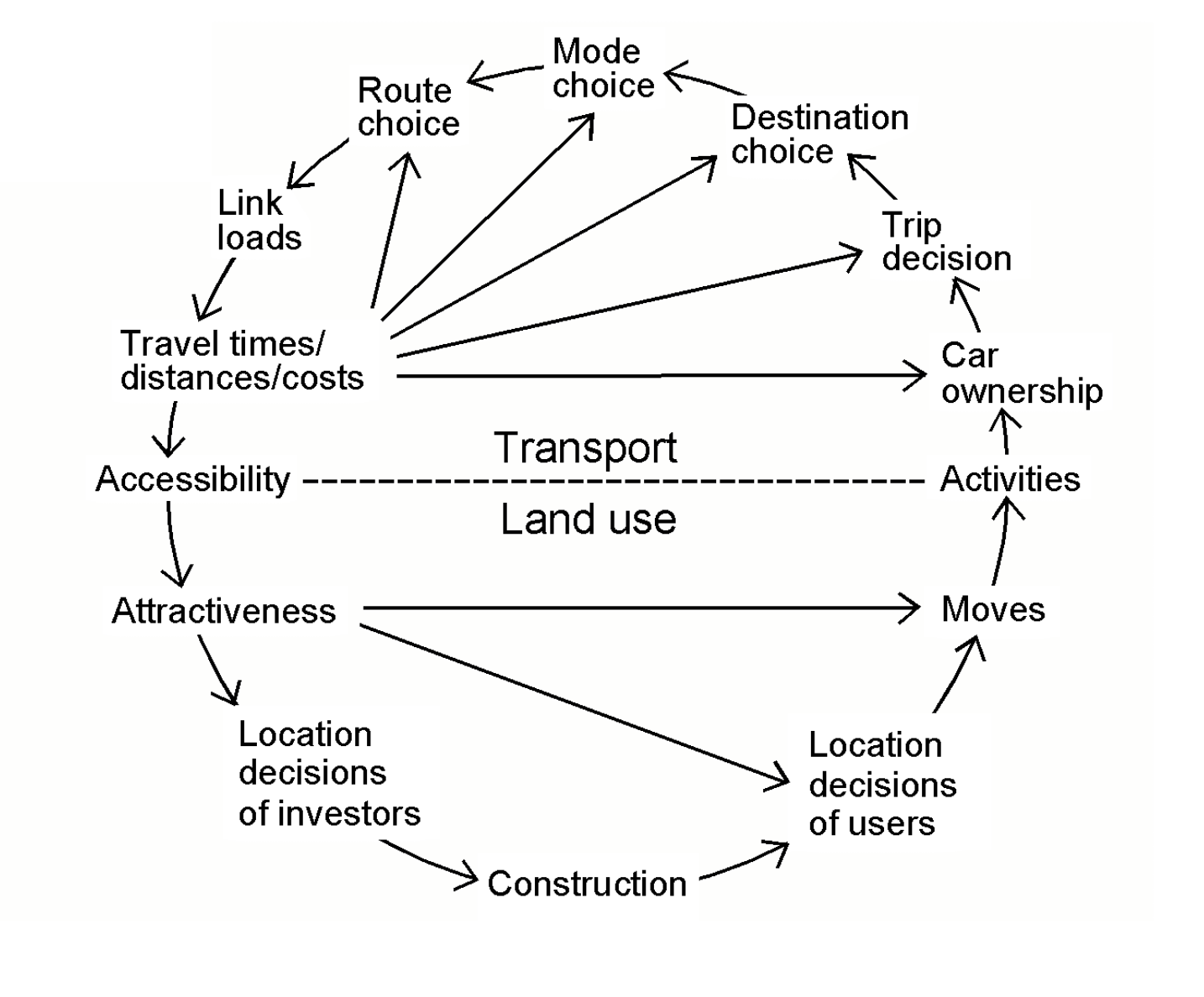Code
import collections.abc
# hacky but necessary until a new pylogit is out
collections.Iterable = collections.abc.Iterable
from zipfile import ZipFile
import choicemodels
import geopandas as gpd
import numpy as np
import pandas as pd
import pylogit
import requests
import contextily as ctx
from geosnap import DataStore
from geosnap import io as gio
import matplotlib.pyplot as pltOMP: Info #276: omp_set_nested routine deprecated, please use omp_set_max_active_levels instead.
